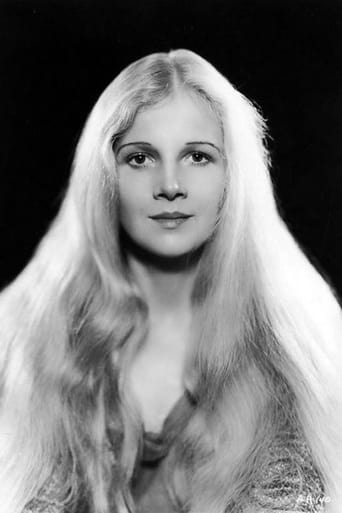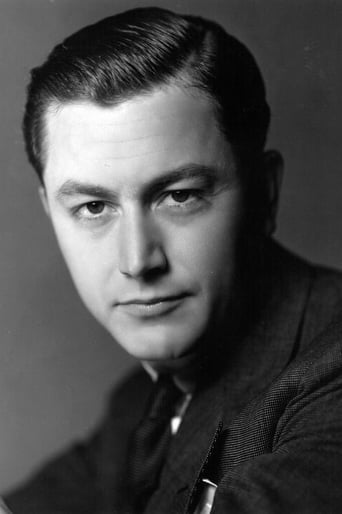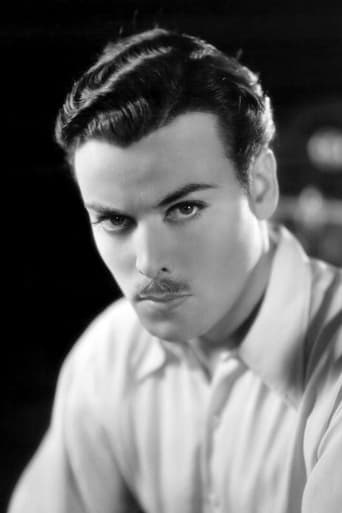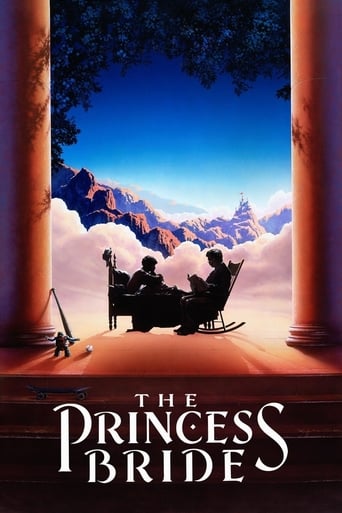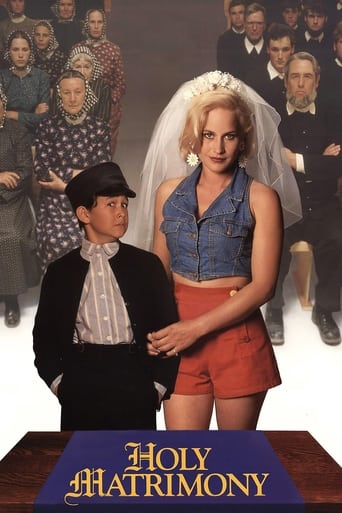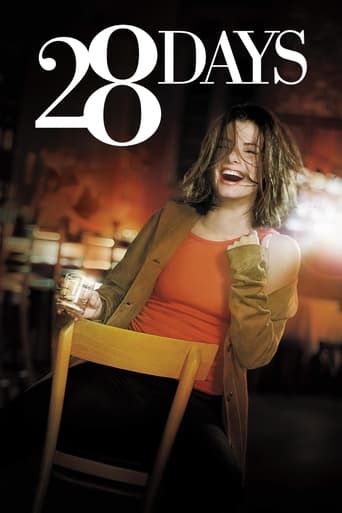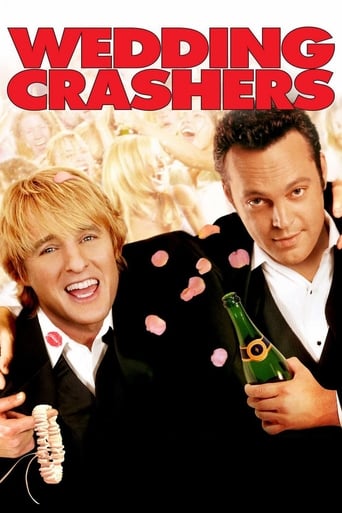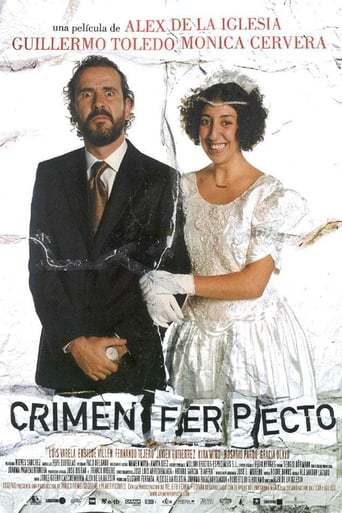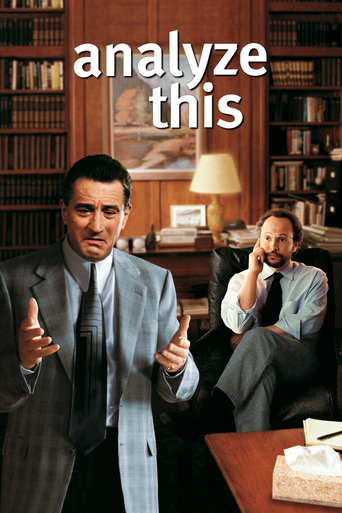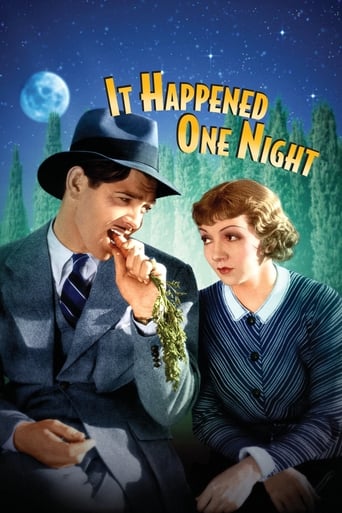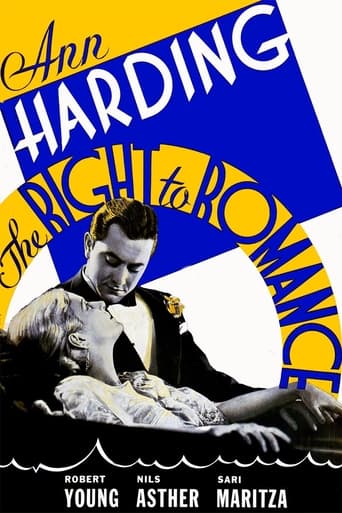

The Right To Romance (1933)
Against her better judgment, a dedicated and hard-working plastic surgeon (Ann Harding) finds herself falling in love with a playboy (Robert Young). Drama.
Watch Trailer
Cast
Similar titles
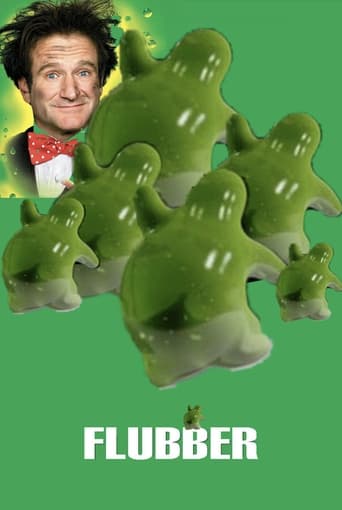
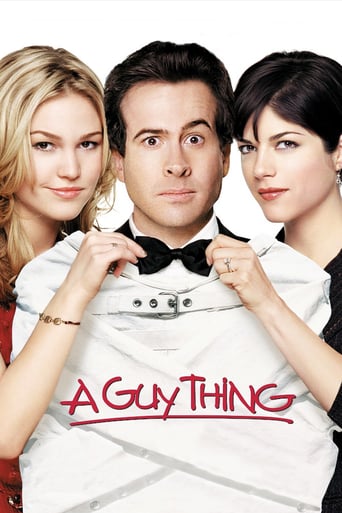

Reviews
This story has more twists and turns than a second-rate soap opera.
This is a small, humorous movie in some ways, but it has a huge heart. What a nice experience.
It is neither dumb nor smart enough to be fun, and spends way too much time with its boring human characters.
Exactly the movie you think it is, but not the movie you want it to be.
The very same year that this romantic drama concerning the private life of a troubled plastic surgeon was made, Eddie Cantor got to sing that famous standard in the musical classic "Roman Scandals". This film starts off with the profile of surgeon Ann Harding's career, going through the insecure arrival of an aging society matron (Helen Freeman) who has lost a recent lover and wants to get him back along with her youth. The opening segment follows her surgery and the revelation of how she looks, and what is sad is that while she does come back to see Harding and rave about how Harding's work did exactly what she wanted it to, she's still insecure on the inside knowing that ultimately, the looks regained from that surgery will soon fade away anyway. The shallowness of this situation causes Harding, while still young, to look at her own life which has her working long hours to make other women happy while she herself is miserable. She takes a vacation where she meets playboy pilot Robert Young who has the maturity of a teenager and in spite of her common sense telling her that he's no good for him, agrees to marry him on the spur of the moment anyway. But he's about as ready for a serious commitment as she is for retirement, and no amount of patience on her part (while not dealing with patients) will make him grow up.One of the most popular leading ladies of the pre-code era of Hollywood, Ann Harding faded out of the spotlight (mostly by her own choice) in the late 1930's, returning as a character actress and always playing ladies of nobility whose platinum blonde bun was always neatly tucked in the back of her head and indicated that her characters were rather rigid. Harding here starts off in a different fashion of rigid, rather cold in her business dealings, but coming to life as she finds love with a most likely younger man. But is it really love or just infatuation on both parts? Young's reckless lifestyle gets him into messes one right after another, and Harding tries too hard to get him to see the error of his ways, often acting more like a mother than a lover to him. She doesn't realize that the perfect man for her (Nils Asther) is right in reach, having loved her all along, but too aware of the fact that she sees him only as her best friend and not in a romantic sense. The exotic Sari Maritza is the other woman, looking on Harding with silent contempt when they first meet at a party where Young in daredevil mode has allowed Maritza to take over the controls of the two seater plane he's flying, scaring everybody on the ground beneath them. This is an enjoyable pre-code drama that leaves a very worthwhile message for the women who want to marry and tame bad boys: It doesn't always work and will ultimately leave them with nothing but heartache.
No, this is not Harding's best film, nor is it one of her better flicks. It is, however, an enjoyable example of the type of movie that she is most fondly remembered for: a well-crafted "woman's film" exploring sensitive social issues. Warning: Care must be taken to view this film within the context of its time. Please don't apply your 2010 sophistication to this 1933 movie; that's just not fair.In the early '30s Harding was a pioneering actress. Her skills as an performer (film & Broadway) were immense. She was well respected by her peers, and her movies generally returned comfortable profits for her studios. Films like "The Right to Romance" were her forte. Few actresses could match her in this genre. None could top her on her best day.I say that Harding was a pioneer because she, along with fellow actresses Loretta Young, Barbara Stanwyck, Kay Francis, et al, aggressively pushed the woman's rights issue. The "right" referred to in this title is Harding's character's "right" to romance, not the right of an entitled male character.In this film Harding plays a medical doctor. While America's ladies were slowly breaking into the medical profession during the '20s and '30s, their numbers were still very small and generally limited to the R.N. field. Harding's character is not only a doctor, but she is a very successful and respected practitioner--one who is in great demand. Harding plays the role with great strength and understatement. Her character works hard and succeeds wonderfully in working tiny miracles, but the movie's script is smart enough to demonstrate the drudgery and boredom that can also be found in the medical profession, and of course the dangerous strain of overwork.After a brief vacation fling with a wealthy and irresponsible playboy, the good doctor marries the worthless cad and together they set up house. Here's where things get good. Harding's "Peggy" becomes the stereotypical "responsible man" of the house. She's up early every morning and goes to work every day. She works long and late hours. Meantime, her husband lounges about the house listening to football games he wishes he could attend.It may seem hard to imagine, but in the pre-Code era this little drama (it's not a comedy) was quite successful. People wanted to see this movie; they paid an admission price. Strong women were box-office gold. And please don't think the reversed male/female roles were played for laughs, because this is simply not the case; it's done tastefully, and it is very believable. This film was heady stuff in its day.When the husband and wife eventually do parts ways, it is Peggy who dumps Young's character. She does it for two reasons: 1) Her husband is a skirt-chasing lout and not deserving of her, and 2) Our straight-laced, hard-working Peggy has found another man, a better man! Talk about women's liberation.When the Code was enforced in '34, actresses and actors ceased to be equals. The Ann Hardings and Kay Francises were relegated--for the most part--to obedient, submissive wife roles. Even Myrna Loy's Nora Charles became a bit of a sidekick post '34, as opposed to the first Thin Man movie where she is every bit Nick's equal. The Code (it was pressed primarily by conservative Christian religious groups) dumbed down the ladies' roles. They became passive and demure (religions like 'em that way).The Code not only "corrected" immoral Hollywood's corrupting issues of too much exposed feminine leg, and too much vulgar language, and too much social degradation, it also tossed the fine ladies back into the kitchen and into the typing pool. It kept woman from being man's equal--at least on film in America--for the next 30 years. Screwball comedies were some consolation, but only "some."
Beautiful cosmetic surgeon Ann Harding (as Margaret "Peggy" Simmons) feels her biological clock ticking away. "The years are going so fast," she tells her somber nun, "Am I, after all, just a giddy woman at heart?" Ms. Harding takes a leave of absence from work and goes from staid Manhattan doctor to fun-loving Los Angeles sophisticate. She cuts down on smoking and has a whirlwind romance with wealthy playboy Robert Young (as Bobby Preble). You should expect their chance for happiness will be threatened... This Harding vehicle always leaves you wondering why she is so infatuated with Mr. Young while ignoring magnetic Nils Asther (as Helmuth "Heppie" Heppling), which may be the point.**** The Right to Romance (11/17/33) Alfred Santell ~ Ann Harding, Robert Young, Nils Asther, Sari Maritza
This film stars Ann Harding--an actress pretty much forgotten today, though in the early to mid-1930s, she was rather popular. She plays a super-dedicated surgeon that forgot to establish a life for herself outside the hospital where she works. Eventually, she comes to realize what she's missing and decides to take some time off to experience life. In the process she meets playboy Robert Young and she is captivated by his wild and carefree style--the exact opposite of hers. After a whirlwind romance they are married and soon Ann realizes she might have been a bit too impulsive! She is neither happy with him nor is he especially faithful, so in the end she appears poised to leave Young for her long-time friend, Heppie.The film is unusual and a true product of the "Pre-Code" era--before production standards were enforced. Had the film been made just a couple years later, the couple never would have taken such a casual attitude towards marriage or at least this would have been somehow punished. Instead, being adults, they just called it quits and went their own way. This helps to make the movie interesting from a historical standpoint, but otherwise the film really isn't all that special or interesting. A decent time-passer is about all it is down deep.By the way, Ms. Harding is a plastic surgeon but later in the film she'd doing back or orthopedic surgery! Even then, I doubt if any surgeon would have done such divergent types of operations.
